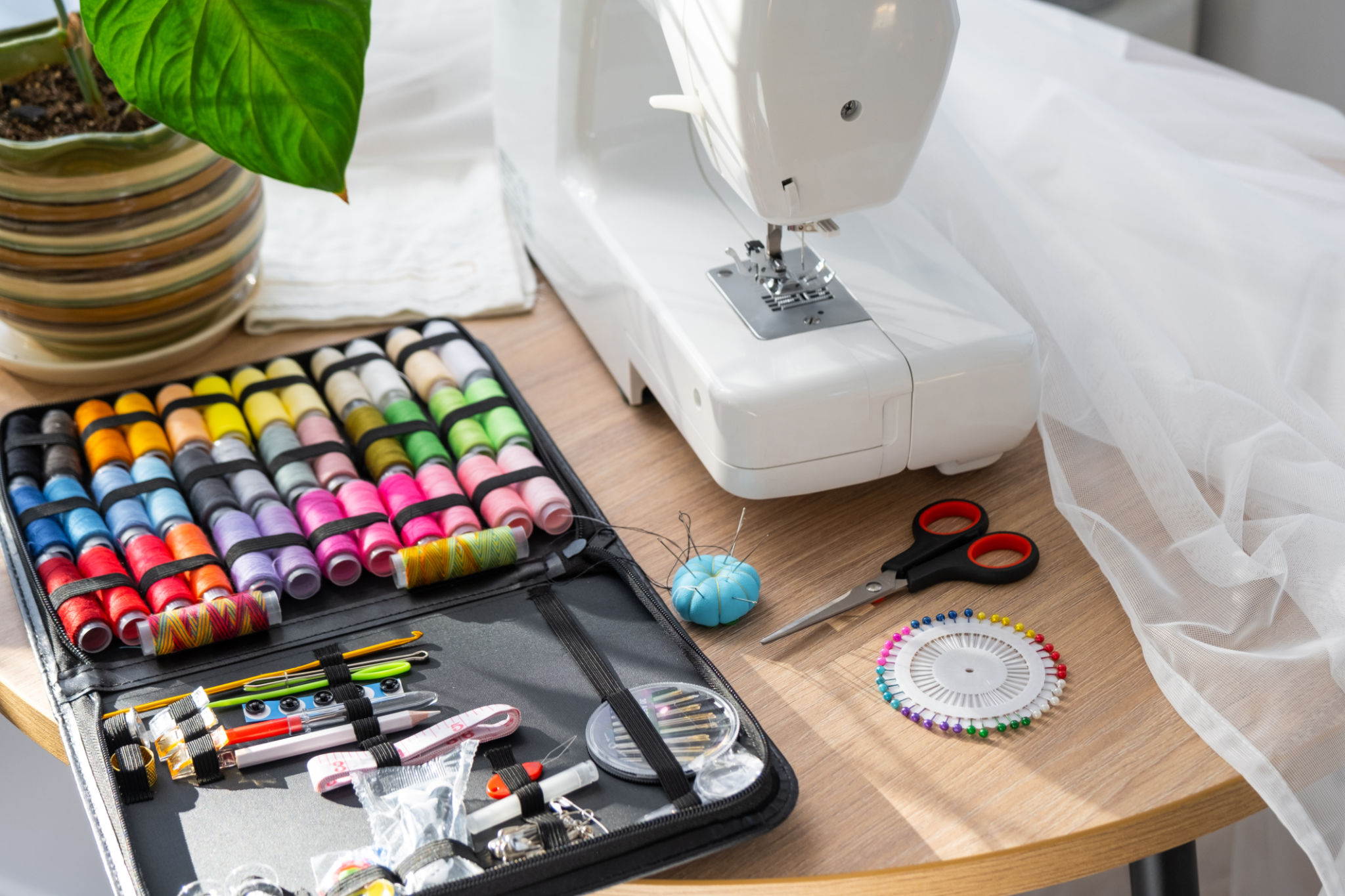DIY Sewing Machine Fixes: Common Issues and Solutions
Maintaining your sewing machine is crucial for smooth sewing sessions. However, even the most meticulously cared-for machines can encounter issues. Fortunately, many common problems can be resolved with a bit of DIY know-how. This guide will walk you through some typical sewing machine troubles and their solutions, empowering you to keep stitching without unnecessary interruptions.
Tension Troubles
One of the most frequent issues sewers face is tension imbalance. This can result in uneven stitches or loops. Before diving into complex fixes, check if the thread is correctly placed in the tension discs. Sometimes, simply re-threading the machine can solve the issue. If the problem persists, adjust the tension settings—the dial on your machine should be set to a middle number for balanced tension.

Diagnosing Tension Problems
To diagnose tension problems, sew a test piece with threads in contrasting colors on the top and bottom. This will help you see which side has the problem. If the top thread is visible on the underside of the fabric, increase the upper tension. Conversely, if the bobbin thread shows on the top side, reduce the upper tension slightly.
Thread Breakage
Thread breaking constantly is another common issue that can frustrate sewers. This problem often arises from using the wrong type of thread or a needle that isn't suitable for your fabric. Ensure that both the needle and thread are appropriate for your project. Additionally, check if the needle is inserted correctly and is not bent or dull.

Preventing Thread Breaks
To prevent thread breakage, always use high-quality threads and avoid over-tightening the tension. Make sure your spool is placed properly to ensure smooth dispensing. Regularly cleaning your machine to remove lint and dust can also prevent such issues from arising.
Skipped Stitches
Skipped stitches can ruin the appearance of your sewing project. This issue often stems from incorrect needle usage or a bent needle. Always use a sharp needle suitable for your fabric type and replace it regularly. Another potential cause is incorrect timing between the needle and bobbin hook, which may require professional adjustment if DIY fixes don’t work.

Quick Fixes for Skipped Stitches
Before seeking professional help, try re-threading your machine and ensuring the bobbin is correctly inserted. Adjusting the presser foot pressure may also help in eliminating skipped stitches, especially when working with different fabric weights.
Machine Won't Run
There’s nothing more disheartening than a sewing machine that refuses to start. First, check if your machine is properly plugged in and the power switch is on. Inspect the foot pedal connection as well to ensure it's secure. Sometimes, a simple restart—turning your machine off and then back on—can resolve minor electrical hiccups.
Troubleshooting Power Issues
If all connections are secure but the machine still won’t run, inspect the power cord for any visible damage or consider replacing it if necessary. Checking your home’s electrical outlet by plugging in another device can also rule out a faulty outlet as the cause.
By understanding these common issues and solutions, you can better maintain your sewing machine and enjoy uninterrupted creative sessions. Regular maintenance and prompt attention to minor problems can significantly extend your machine's lifespan, ensuring it remains a reliable tool in your crafting arsenal.